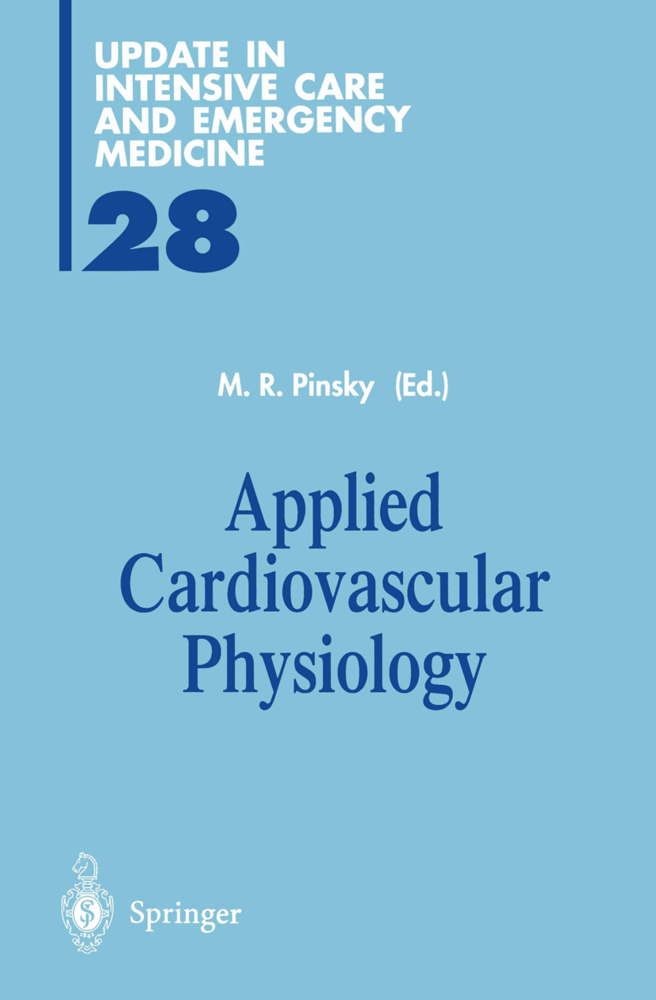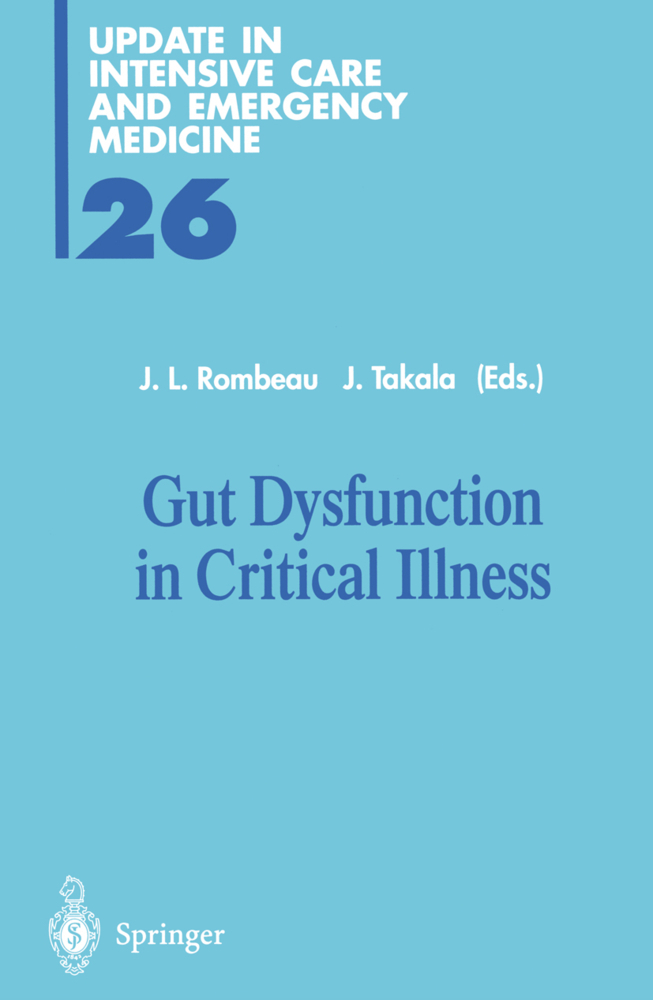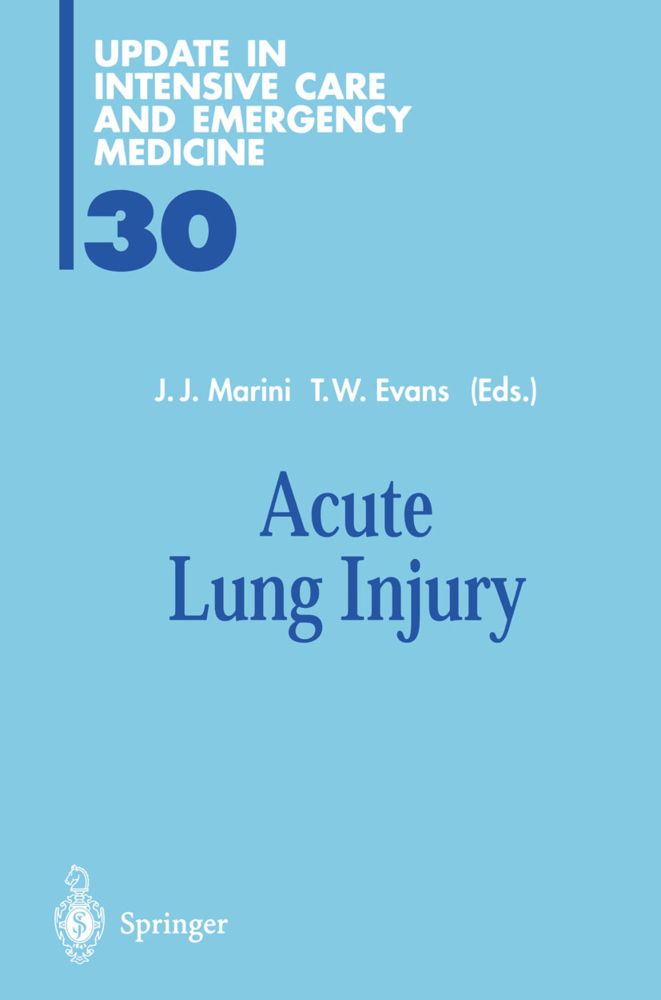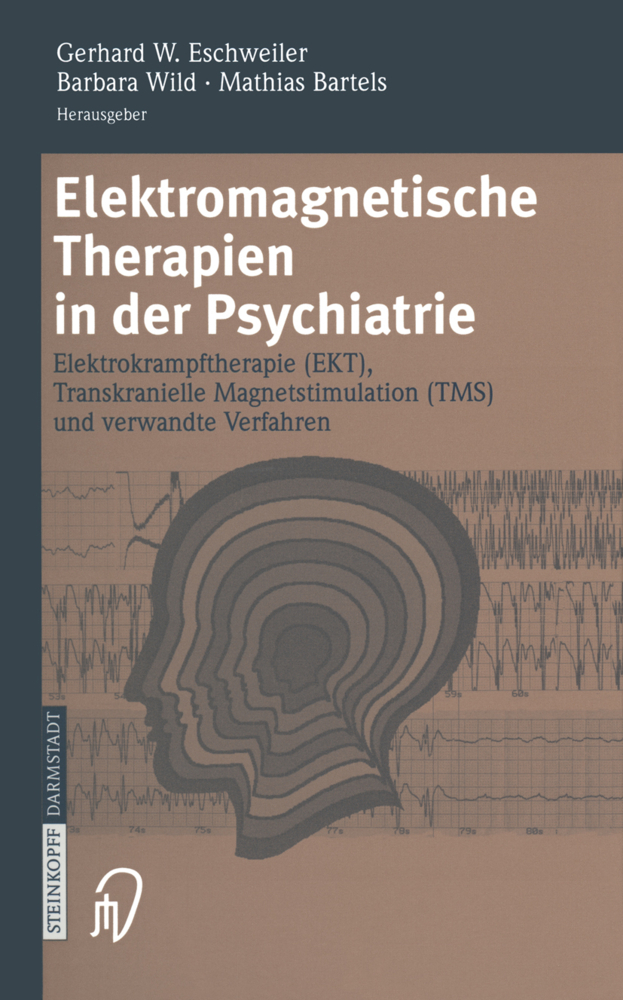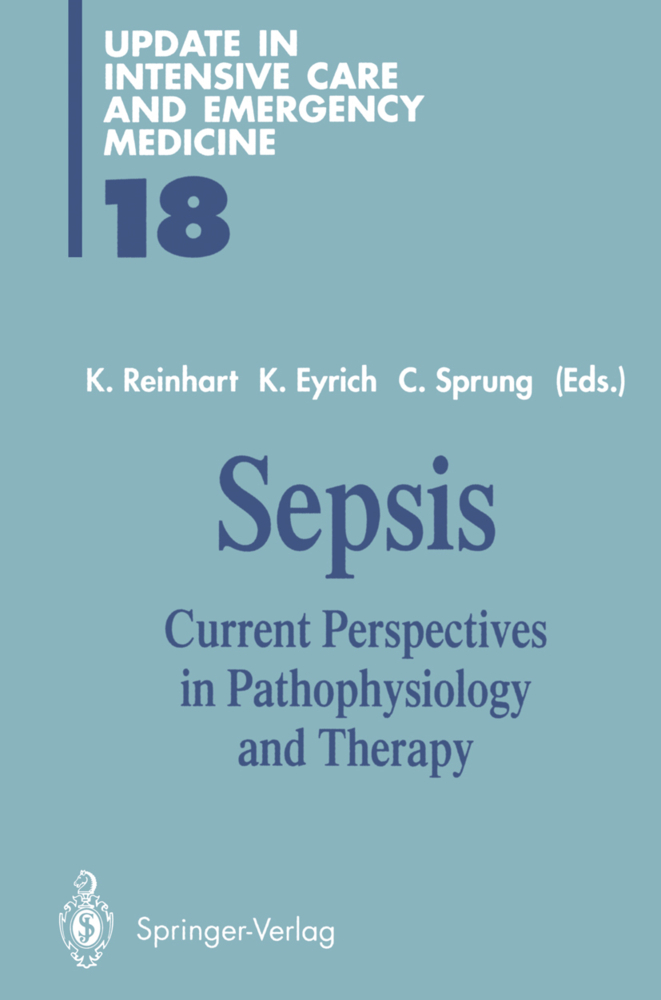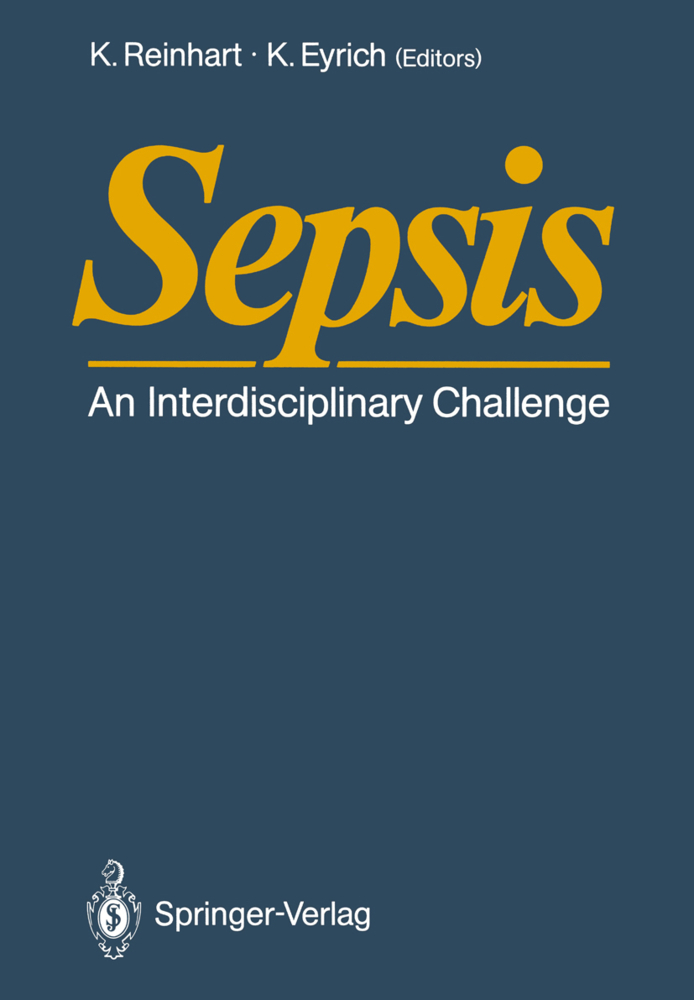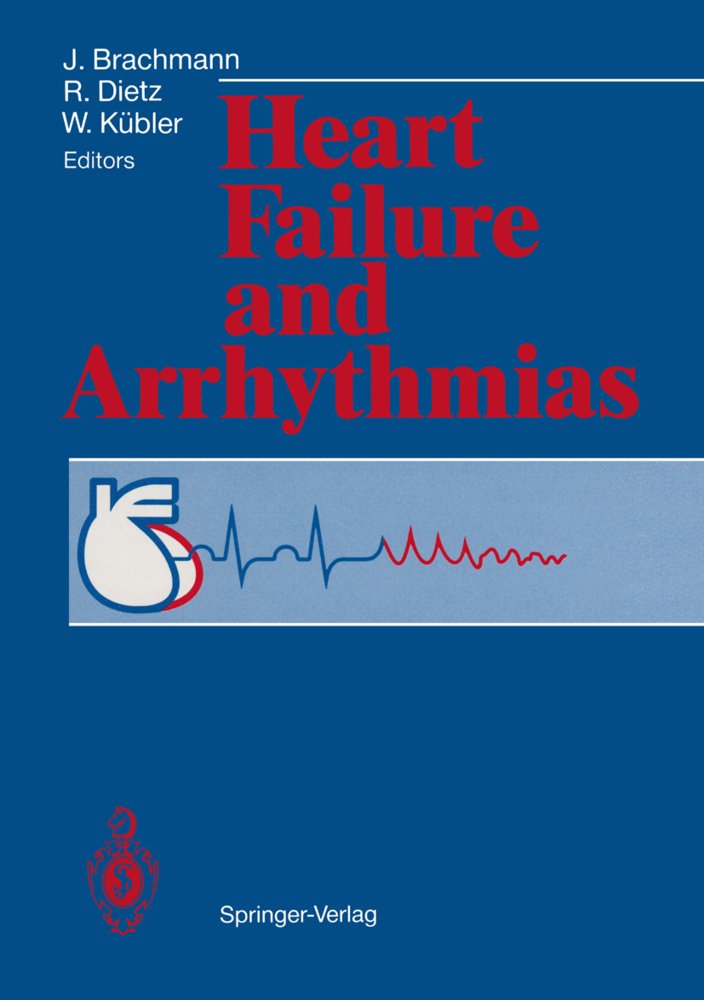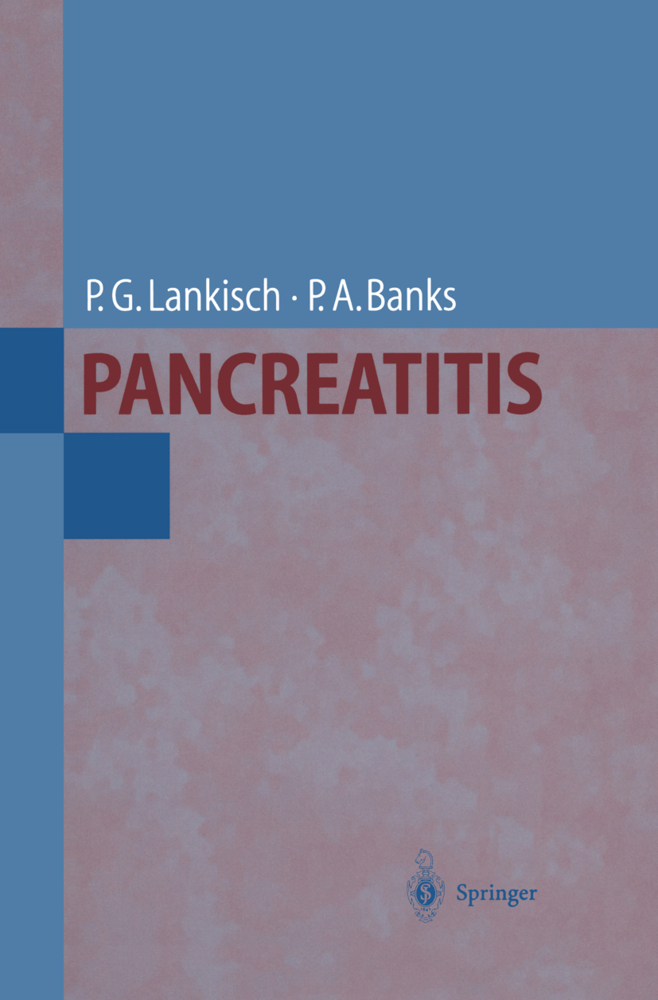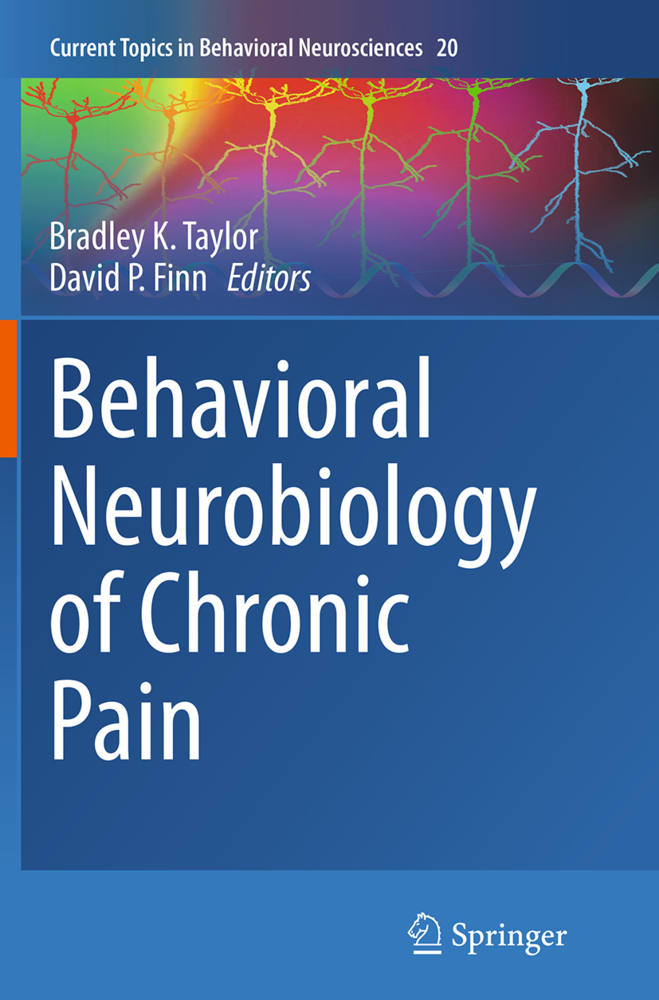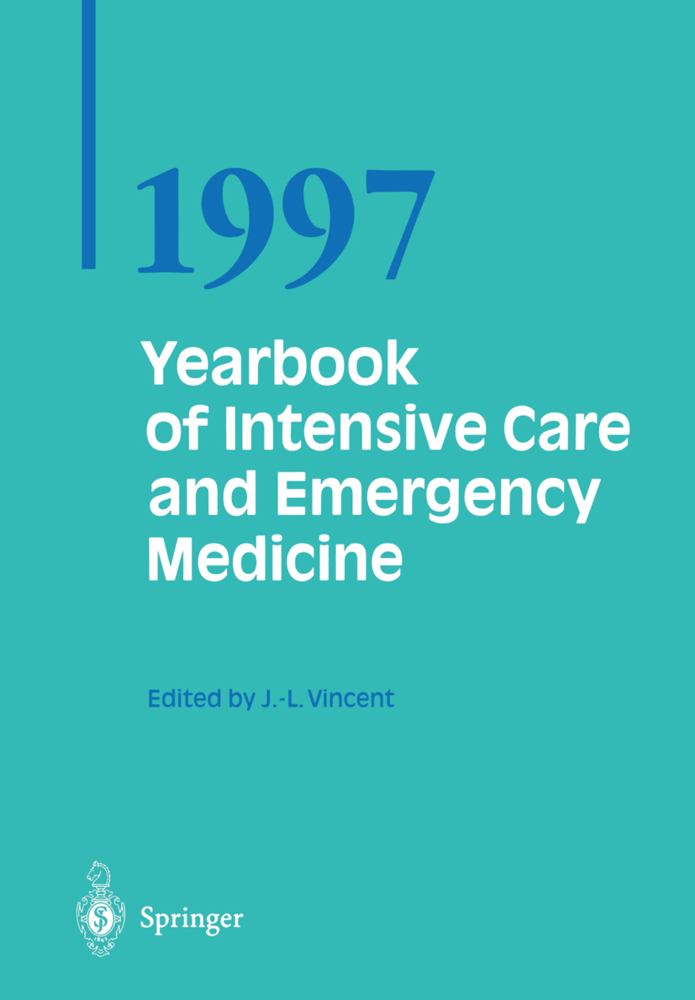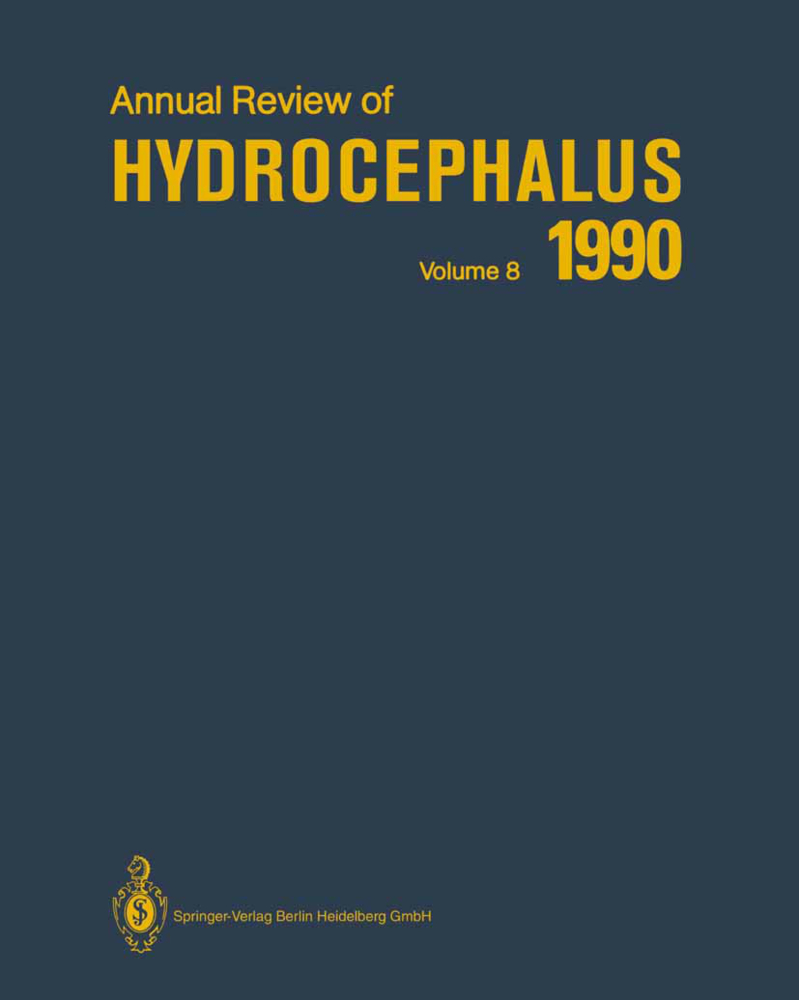Applied Cardiovascular Physiology
Applied Cardiovascular Physiology
This book represents the collective efforts of several excellent,clini cian-scientists who have devoted many years of their lives and many hours in each day to the application of physiological principles to the bedside care of critically ill patients. The universal challenge of car diovascular instability confronts all health care providers who treat patients in an acute care setting. Whether that be in the field or Emergency Department, general ward, operating suite or intensive care unit, all patients carry a common theme of potential life-taking processes which must to identified and treated in a timely fashion or severe morbidity and death rapidly follow. Since the cardiovascular system subserves the body in maintain ing metabolic stability through global and regional blood flow at an adequate pressure to insure appropriate autoregulation of blood flow distribution, it would be difficult to describe the mechanisms of cardiovascular instability their diagnosis and treatment without placing them within the context of overall metabolism and tissue vi ability. Accordingly, this book has been grouped into four arbitrary subsets. First, we address issues of basic cardiovascular physiology. Classic developments of ventricular pump function and arterial re sistance are balanced with newer applications of ventriculo-arterial coupling, right ventricular function, and tissue oxygen delivery.
Left Ventricular Afterload and Ventriculo-Arterial Coupling
The Cardiovascular Management of the Critically ill Patient
Right Ventricular Function
Pharmacologic Support of Critically ill Patients
Heart-Lung Interactions
Physiology of Tissue Oxygen Delivery
Splanchnic Blood Flow
Tissue Oxygenation
Clinical Applications
Rationale for Hemodynamic Monitoring
Invasive Hemodynamic Monitoring
Analog Values From Invasive Hemodynamic Monitoring
Non-Invasive Hemodynamic and Metabolic Monitoring
Non-Invasive Estimation of the Effective Pulmonary Blood Flow and Gas Exchange From Respiratory Analysis
Hemodynamic Assessment of the Critically ill Patient Using Transesophageal Echocardiography
Goals of Resuscitation
Physiology of VO2/DO2
Pathophysiology of VO2/DO2 in Sepsis
Metabolic Targets in Acute Resuscitation
Cardiovascular Support by Hemodynamic Subsets
Hemorrhagic Shock: From Physiology to Molecular Biology
Cardiogenic Shock
Cardiovascular Support by Hemodynamic Subset: Sepsis
Extracorporeal Support.
Basic Cardiovascular Physiology
Left Ventricular Pump FunctionLeft Ventricular Afterload and Ventriculo-Arterial Coupling
The Cardiovascular Management of the Critically ill Patient
Right Ventricular Function
Pharmacologic Support of Critically ill Patients
Heart-Lung Interactions
Physiology of Tissue Oxygen Delivery
Splanchnic Blood Flow
Tissue Oxygenation
Clinical Applications
Rationale for Hemodynamic Monitoring
Invasive Hemodynamic Monitoring
Analog Values From Invasive Hemodynamic Monitoring
Non-Invasive Hemodynamic and Metabolic Monitoring
Non-Invasive Estimation of the Effective Pulmonary Blood Flow and Gas Exchange From Respiratory Analysis
Hemodynamic Assessment of the Critically ill Patient Using Transesophageal Echocardiography
Goals of Resuscitation
Physiology of VO2/DO2
Pathophysiology of VO2/DO2 in Sepsis
Metabolic Targets in Acute Resuscitation
Cardiovascular Support by Hemodynamic Subsets
Hemorrhagic Shock: From Physiology to Molecular Biology
Cardiogenic Shock
Cardiovascular Support by Hemodynamic Subset: Sepsis
Extracorporeal Support.
Pinsky, Michael
| ISBN | 978-3-642-64512-9 |
|---|---|
| Artikelnummer | 9783642645129 |
| Medientyp | Buch |
| Auflage | Softcover reprint of the original 1st ed. 1997 |
| Copyrightjahr | 2012 |
| Verlag | Springer, Berlin |
| Umfang | X, 263 Seiten |
| Abbildungen | X, 263 p. |
| Sprache | Englisch |

